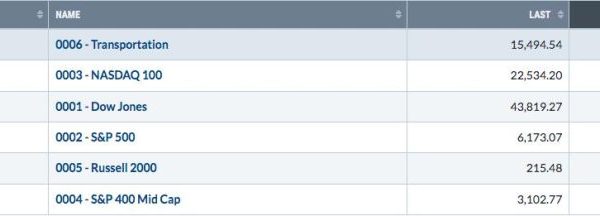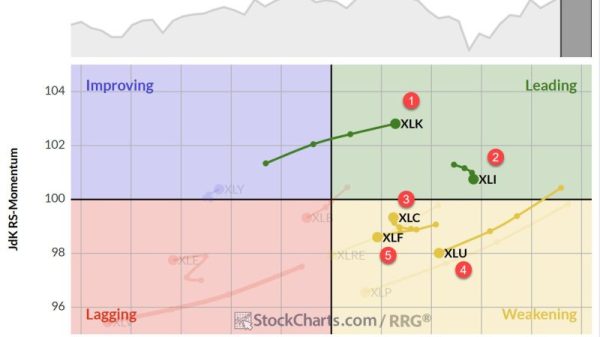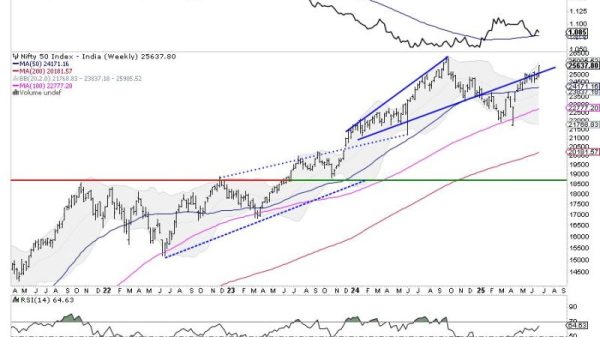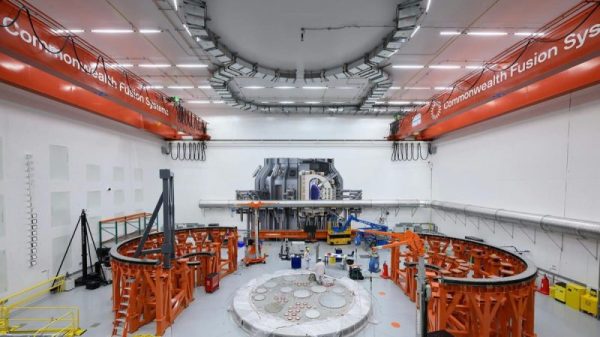The copper price saw strong gains in the early part of 2023 before sinking through the year’s second and third quarters. However, growth in Q4 allowed it close out the year close to its starting price.
The story was all about tight supply and fluctuating demand, particularly from the Chinese building and construction sector, which represents 30 percent of total demand for the red metal. However, increasing usage from electric vehicle (EV) production and renewable energy generation helped keep copper above the US$8,000 per metric ton (MT) mark.
Experts watching Chinese demand closely
Copper prices are heavily influenced by supply and demand. The global real estate sector broadly influences the red metal, as was evident following the rout in the Chinese market and the collapse of two of its largest companies.
The country hit an annual record of 1.8 billion square meters of new residential properties built in 2021, but the number has since plummeted, hitting only 699 million square meters from January to October 2023. The sector is expected to improve in the longer term, stabilizing in the 1.2 billion square meter range, but a recovery is still dependent on policy decisions from China’s central bank as it attempts to get deflation in check. Analysts are expecting cuts to the reserve requirement ratio in the first quarter in order to increase liquidity in the economy.
According to Fitch, higher-tiered Chinese cities will likely see the earliest benefits as the government begins to provide better access to funding for developers, and starts to remove purchasing restrictions.
In an October release, the International Copper Study Group, an intergovernmental body made up of government officials and industry experts, suggests that easing demand from China will lead to a 2024 copper surplus. However, events at the end of 2023 led to 600,000 MT of copper production being wiped out.
Copper’s role in the energy transition gaining steam
Copper is also facing demand from sectors related to the energy transition. By 2031, McKinsey expects demand from power generation, EVs and electronic devices to push the copper supply deficit to 6.5 million MT.
Market participants are particularly interested in copper’s usage in EVs. With many governments looking to eliminate the sale of internal combustion engine vehicles in the next 15 to 20 years, demand for EVs is going to make up an increasing portion of global car sales. Currently, EVs use between 38.5 and 83 kilograms of copper per vehicle. And even with new innovations, which analysts anticipate will reduce the average amount of copper per vehicle to 55 to 65 kilograms, the amount of copper needed across an estimated 40 million EVs by 2030 will still be significant.
Adding to the demand side is the copper needed for the construction of utility-scale power generation. According to the Copper Development Association, solar installations require about 5.5 MT of copper for every megawatt, while onshore wind turbines require 3.52 MT of copper and offshore wind turbines require 9.56 MT of copper.
In order to meet demand for renewables amid ambitious climate goals, the International Renewable Energy Agency says an average of 1,000 gigawatts will need to be added annually through 2030.
Cobre Panama closure could bring copper deficit forward
Copper’s future is often described as strong long term, but potentially weak short term. Now that may be changing.
This shift in outlook has largely been influenced by production issues, most notably the shutdown of First Quantum Minerals’ (TSX:FM,OTC Pink:FQVLF) Cobre Panama mine, which accounted for about 350,000 MT of the world’s annual copper production. However, it’s not just the closure of Cobre Panama that is impacting supply.
“Anglo American (LSE:AAL,OTCQX:AAUKF) revised its 2024 copper production target downward to 730-790 thousand tons of copper compared to 1 million tons due primarily to its Los Bronces copper mine’s underperformance, with production shortfalls expected to continue into 2025,” Mazumdar noted.
Challenges for new copper production
Little new copper output will be available to fill the holes left by these large producers.
In 2024, only a few notable projects will come online, including Phase 2 of Teck Resources’ (TSX:TECK.B,TSX:TECK.A,NYSE:TECK) Quebrada Blanca project in Chile, which is set to deliver its first bulk copper concentrate in March. It is expected to produce 285,000 to 315,000 MT per year between 2024 and 2026.
Looking back at the past year, September saw Udokan Copper begin production at its Udokan deposit, which is part of Russia’s Trans-Baikal region and was previously the country’s largest untapped copper deposit. The mine’s yearly copper production stands at an estimated 150,000 MT, with 26.7 million MT in copper resources. However, with US sanctions on the company in place, its ability to reach the global market is limited.
“Given the lead time for new projects and forecasts for much stronger demand after the middle of the decade, a gap looks to be looming with not enough mines being developed and insufficient exploration for the longer term,” Norton said, noting that rising recycling rates are likely to fill some of the gap, along with substitutions and thrifting.
Cost challenges for getting operations off the ground aren’t helping copper companies.
Teck’s Quebrada Blanca expansion is one operation that was affected. “The project’s capital expenditures have risen by US$600 million to US$8.6 billion to US$8.8 billion due to construction delays at the molybdenum plant and port facilities and the risk of contract claims,” Mazumdar said. “Therefore, the risk of capital expenditure overruns poses a hurdle for developing or expanding projects unless there’s a substantial rise in the copper price.”
Investor takeaway
Copper is facing uncertainty in 2024 as expectations for a surplus turn into a possible deficit.
“With the market now looking more finely balanced, prices are likely to prove more susceptible to broader swings in either direction in the advent of significant news that affects the market,” Norton commented. “Overall, while the range might be wider than the fundamentals previously suggested, the annual average may not be that much different to 2023, although the improving economic picture should see it end the year stronger.”
A Reuters poll of 28 analysts shows a 2024 forecast of US$8,625 for the London Metal Exchange cash copper contract.
In the near term, that means capital difficulties could continue for producers that are at critical phases in their expansion and development plans, or exploration companies looking to fund projects.
Beyond 2024, however, with increasing shortfalls in mining supply, the price of copper could start to head higher, which would in turn help the business side overcome obstacles in the current cycle.
Securities Disclosure: I, Dean Belder, hold no direct investment interest in any company mentioned in this article.




























